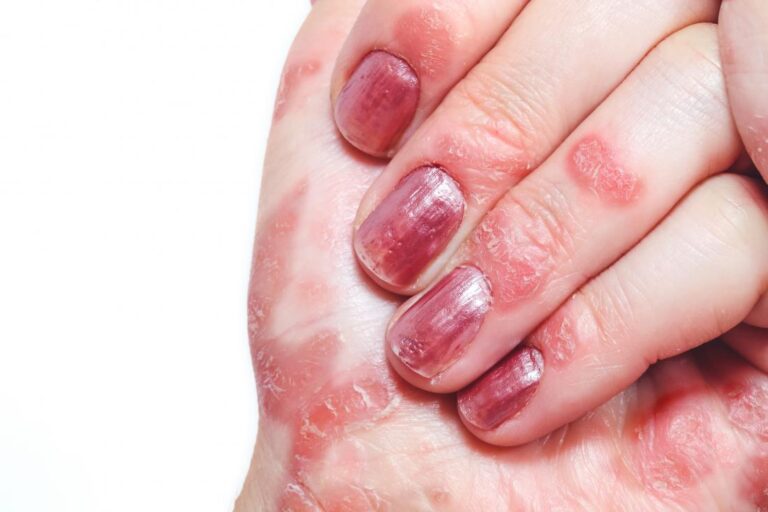I have ugly bumps on the sides of my fingers. Are they dangerous or something health related to worry about? Bumps, blisters or swellings whether they appear small bumpy or raised can signify long-term skin conditions, disorders or other immune problems. This post will narrow down the causes of finger bumps.
In the course of the discussion, you will see the common symptoms or signs likely to be accompanied by each possible cause. We shall also highlight treatment, remedies or measures to help manage the causes in question.
Causes of bumps on fingers
Anyone is liable to developing bumps or rashes on hands, palms, and fingers as much as there are much handling and little care. What are the causes?
Scabies
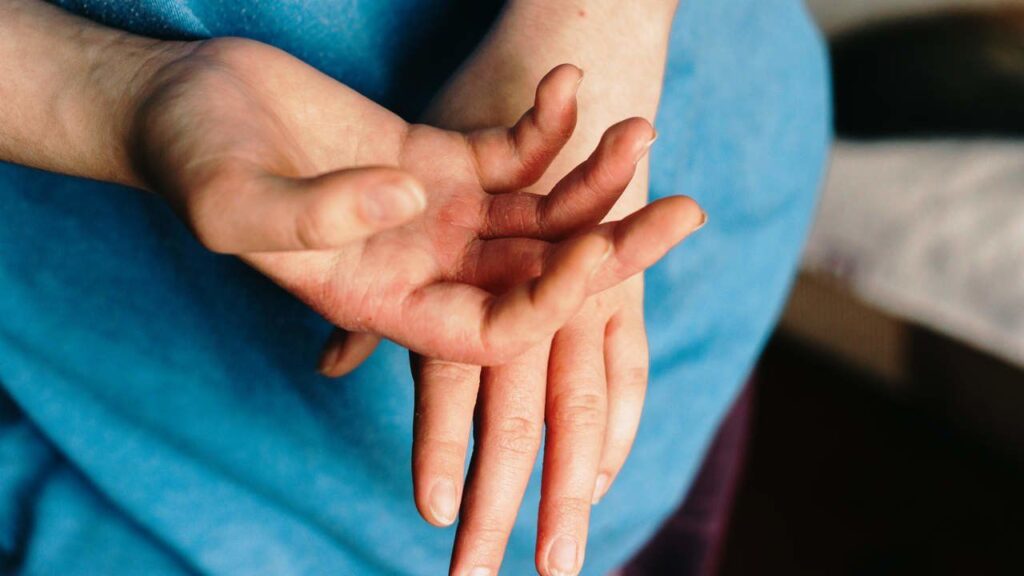
Scabies is caused by an infestation of mites. Mites burrow and get into the human skin where they live and lay eggs. The mites can spread from an infected person to another through direct skin contact, sharing the same bedding and towels. It is contagious.
Symptoms of scabies
- Itching can be severe with an infestation
- Small itchy red bumps
- Sometimes blistering will occur if the itching becomes intense
- Scabbing may result after blistering
Eczema on hands
Eczema on hands is also a common skin condition affecting many people of all races, gender or age. Symptoms of eczema produced depend on trigger factors or cause.
One specific form of hand eczema to look at is known as dyshidrosis, pompholyx or dyshidrotic eczema.
Dyshidrotic eczema
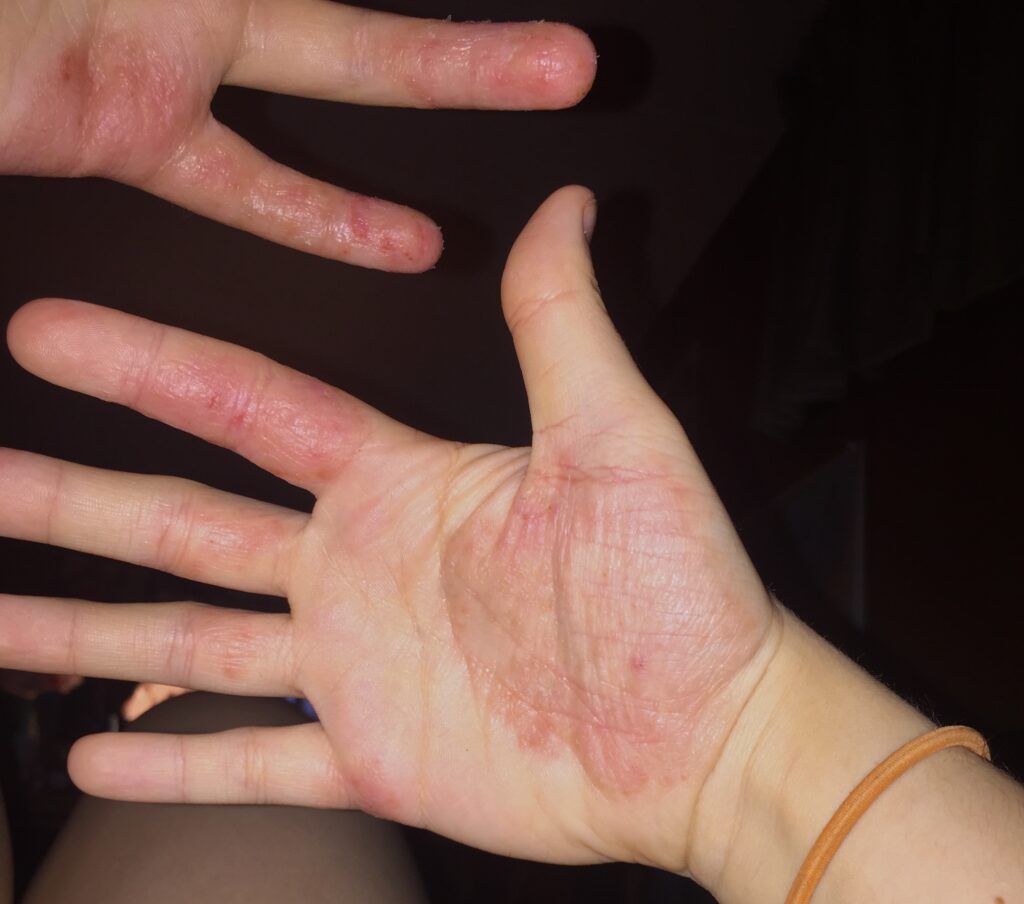
Dyshidrotic eczema is a skin condition in which blisters develop mainly on the palms and soles of feet. The condition can also develop on sides of the sides of fingers, palms and foot soles.
What causes this condition is unknown. However, it is often associated with a number of related skin conditions including atopic dermatitis, allergies, sensitive skin, and exposure to irritants and moisture. Stress is considerably another contributing factor.
Symptoms of dyshidrotic eczema include
- Itching and redness on the affected areas
- Scaly and cracked skin
- Pain and blistering – small fluid-filled bumps that are clear
Read on to find out more about managing dyshidrosis.
Bone spurs and rheumatoid nodules
If you are suffering from Arthritis sometimes you may get inflammation around the joints due to bones rubbing. Your body will respond by causing small ugly callous-like and hard bumps to pop up. These are known as bone spurs.
Although they are not dangerous they can be a source of discomfort. Patients with rheumatoid arthritis can develop nodules or bumps that look red pinkish and are painless.
Chilblains

It refers to the abnormal skin reaction to cold which results in small, itchy red and painful bumps. These little swellings sometimes turn purple. If they cause skin burning usually blisters form.
Risk factors include lupus, smoking and certain conditions that affect the blood vessels. This condition can be managed well after being diagnosed. Home remedies for chilblains include keeping hands and feet warm, applying Lanolin cream. To prevent infections use natural antiseptic products.
Animal or insect bites and stings
Insect bites will also result in a form of skin rashes but the nature of swelling will depend on what bites you. For instance, mosquito bites cause round, puffy and at times itchy or irritating bumps immediately after biting.
The swelling can be worsened by the manner in which your body responds to that biting or sting. For example, reddening or inflamed bumps is expected after mosquito bites. However, scratching and touching or pressing would heighten swelling or increase pain.
In other circumstances involving bee sting, a serious allergic reaction is bound to occur resulting to swelling over a larger surface area. Some people may also experience
- Urticarial skin rash
- Dizziness
- Puffiness etc.
These are other small living creatures that can cause bumpy swelling on hands or fingers, naming a few: gnats, spiders, ants, bug bites, wasps, caterpillars, and ticks.
Other causes
In addition to the above causes here are more reasons why bumps develop on your fingers.
- Lichen planus
- Stinging plants
- Granuloma annulare
Small or tiny bumps

Bumps that form on the fingers in many cases are small or tiny especially when the skin condition begins to show up its symptoms. However, they may vary slightly in terms of color and appearance. As we have seen from the causes, they could be red, clear or turn purple. Depending on what triggers them or what causes them, they may be hard, tender or blister-like swellings.
Condition like dyshidrotic eczema, irritants reaction to drugs (immunosuppressant), chilblains and specific bites from small animals such as insects can result in small bumps on fingers.
Itchy bumps on fingers
Why do I get small bumps on my finger sides that itch? Itchy bumps that develop to become blisters on the fingers is intolerable but here are the causes.
Scabies: If it occurs in children the itchy rashes can cause damage given that young children cannot put up with itching particularly at night.
Dyshidrotic eczema: Doctors need to carry out tests on your skin to know what actually triggers this condition. Itching and blistering flare-ups can take up to a few months before clearing.
Other causes of itchy bumps on fingers: insect bites and stings
Are they not itchy or non-itchy?
Bumps on the skin (esp. around the joints) without signs or symptoms like itching or pain and don’t heal naturally must be taken seriously. These painless bumps whether small or lumpy require an aggressive medical response in terms of treatment.
Diagnosis, treatment, cure, and management
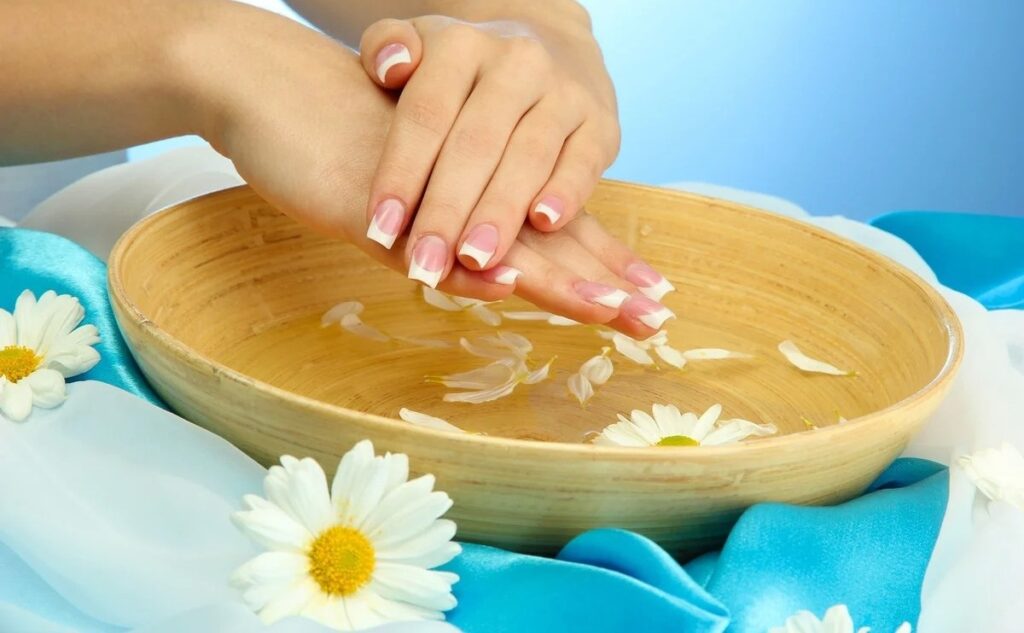
How do you get rid of the bumps form your fingers? While some conditions causing them will disappear on their own in a short while, others must be diagnosed or examined in order to be cured.
Many times dermatologists and clinicians will insist on diagnosis especially when symptoms are similar or imitating. They may include skin patch tests, biopsy or blood tests. Sometimes your doctor will ask you to examine the bumps in order to see what they look like.
Dyshidrotic eczema cure
Dyshidrotic eczema has no sure cure but is manageable with good skincare (moisturizing, body cleansing) and by avoiding the trigger factors such as moisture and irritants. Even though, individuals ought to know and understand the types of eczema they are susceptible to in order to find treatment to manage this condition more effectively.
Other measures to help in manage this condition include
- Use of humidifier during cold or extremely hot weather
- Maintaining proper care to fingernails and toenails
- Avoid irritating cloth fabrics
- Regulate all activities that may increase sweating
Corticosteroid creams for itching bumps

Patients are advised to consult a physician prior to acquiring or applying corticosteroid creams to avoid side effects or adverse reactions.
Prescription creams are preferred for non-prescription treatment. However, your doctor should carry out skin tests in order to provide the correct forms of medication.
Cures for rashes from insect bites
Some insect bites such as mosquitoes will improve on their own with time or use home remedies like aloe gel. However, to prevent increased pain, swelling or itching follow these safety approaches to treat insect bites and stings at home.
If you no idea of what causes the appearance of bumps and blisters on your fingers, please seek proper medical advice or treatment.
Remedies for small itchy, painful bumps on hands or fingers
What home remedies can I use for the itchy and painful bumps on my hands? Suitable home remedies are quite useful to bring down symptoms and prevent further complications.
1. Cold Compress
A cold compress can be beneficial in killing pain especially if blister-like bumps have formed after a mild burn, skin damage or poison ivy.
Place ice-cold cubes in a sealed plastic bag. Wrap and hold it on the affected area for a few minutes. Repeat a few times or every time you start feeling pain or burning in the skin.
If the bumps are due to a skin rash, use a clean washcloth. Dip in ice-cold water and place it over the rash for a few minutes.
Note: To ease itching, do a cold compress from insect bites immediately when swelling begins.
CAUTION: Never place ice cubes directly on the blisters or open wounds in the skin.
2. Baking Soda + coconut oil
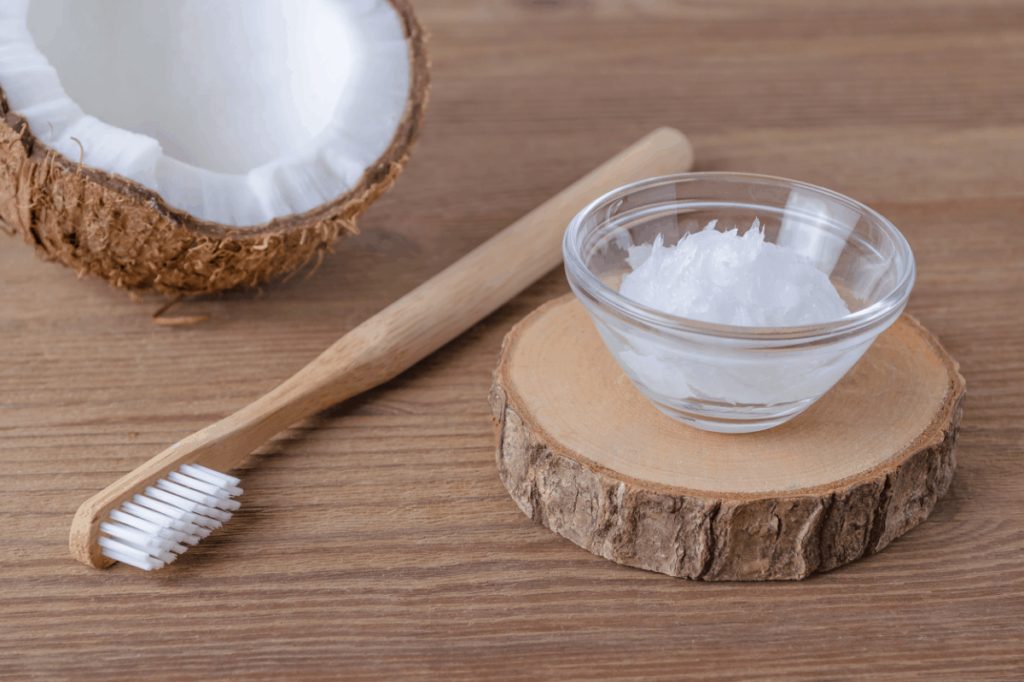
You need Baking soda (not baking powder) and some clean water. This method helps relieve itching and inflammation associated with rashes.
Procedure
- Add 1 part of baking soda to three measures of water and stir well
- Apply the mixture on the affected area
- Leave it on for a few minutes before rinsing it off
- Do this once daily for a few days.
Alternatively
- Add a few drops of coconut oil to baking
- Apply and leave it on for a few minutes and rinse sufficiently
Note: Leaving baking soda on your skin for too long would lead to further irritation
3. Ground oatmeal
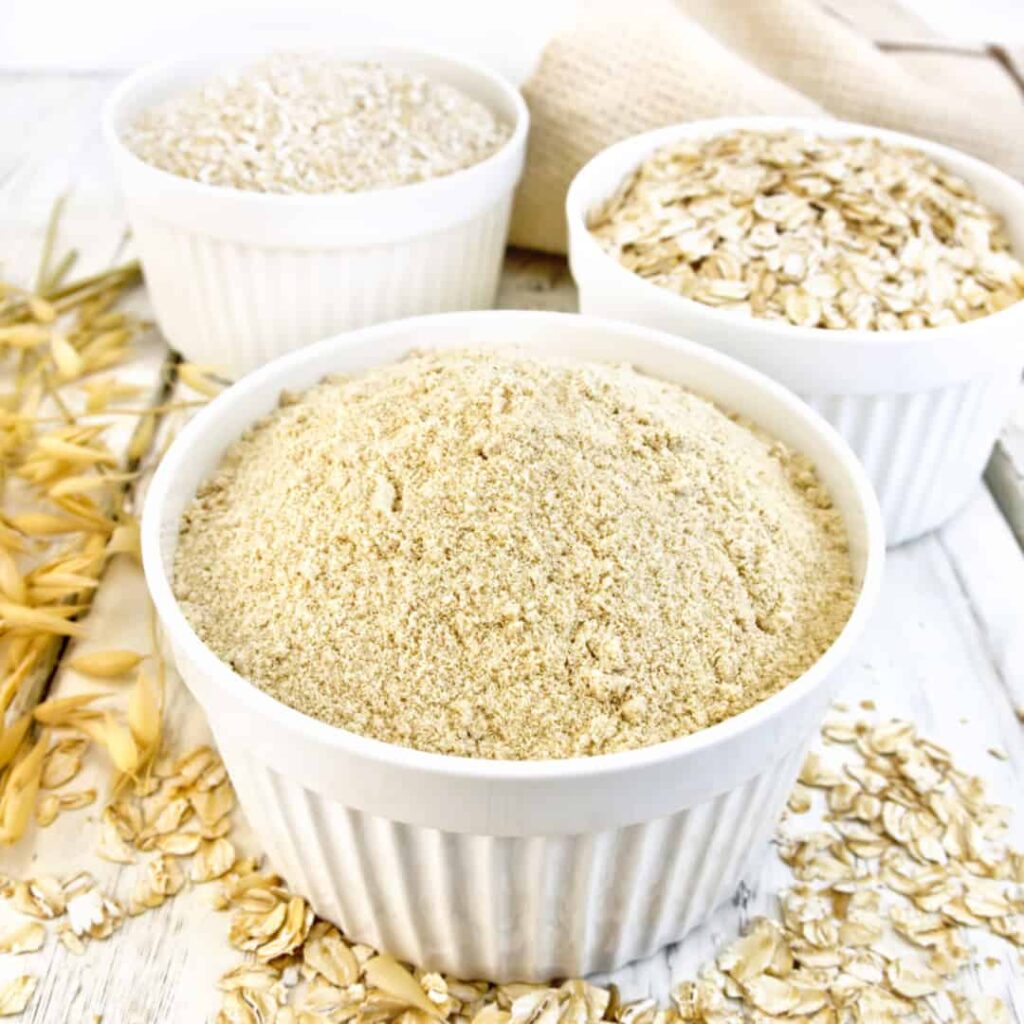
Oatmeal is a renowned natural cure for its anti-inflammatory and soothing properties hence great in alleviating skin irritation and inflammation. It is good for rashes caused by poison ivy, eczema, sunburn or allergies.
The simplest way to use this remedy for rashes is by washing the affected area with an oatmeal suspension.
In addition, it can be combined with other natural products such as honey and milk powder to enhance the treatment of the rashes.
4. Aloe Vera juice
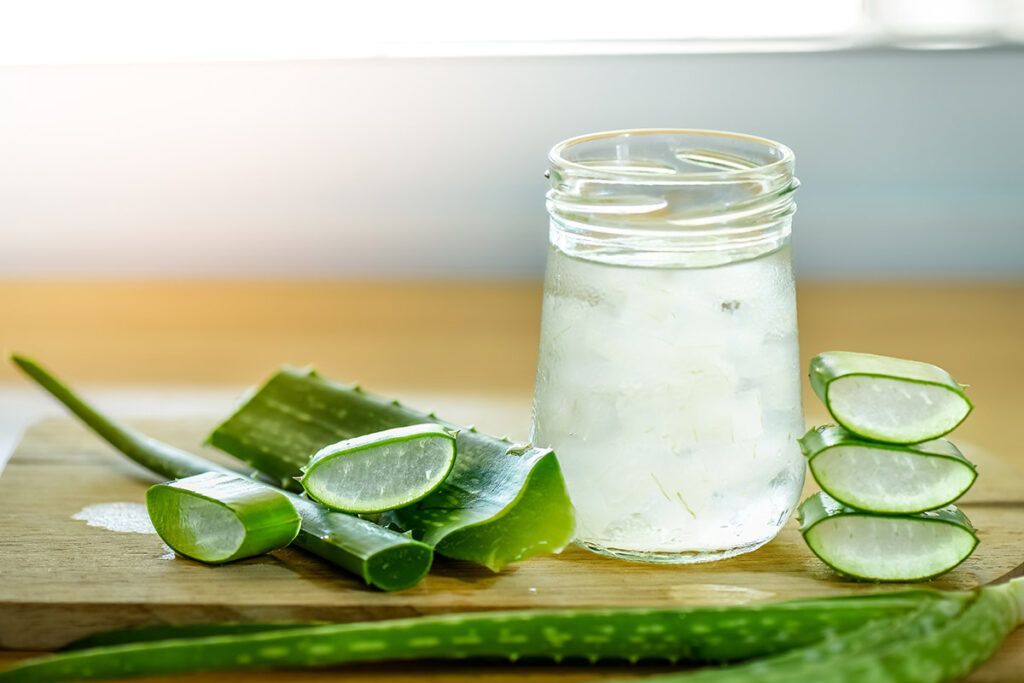
Besides the healing property, aloe extracts are excellent in reducing inflammation in the skin caused by the rashes. It can also aid in reducing redness.
- Extract fresh Aloe Vera gel
- Apply it on back of the hands including the fingers
- Leave it on for at least 20 minutes
- Wash it off with cool water (preferably cool water after boiling)
- Repeat the procedure at least three times a day
Minced aloe leaves have added medicinal property. Noskinproblems point out that minced aloe leaves are added to home treatments for psoriasis, eczema, skin dermatitis, as well as various types of allergic reactions on the skin.
4. Olive and castor oils

Olive oil enhances healing because of the super moisturizing quality and vitamin E. Go for extra-virgin oil or castor oil for skin rashes of your choice if you experience mild itching caused by rashes.
Optionally, mix either of oils with either honey or turmeric powder and apply it three times a day or as necessary.
5. Apple Cider Vinegar
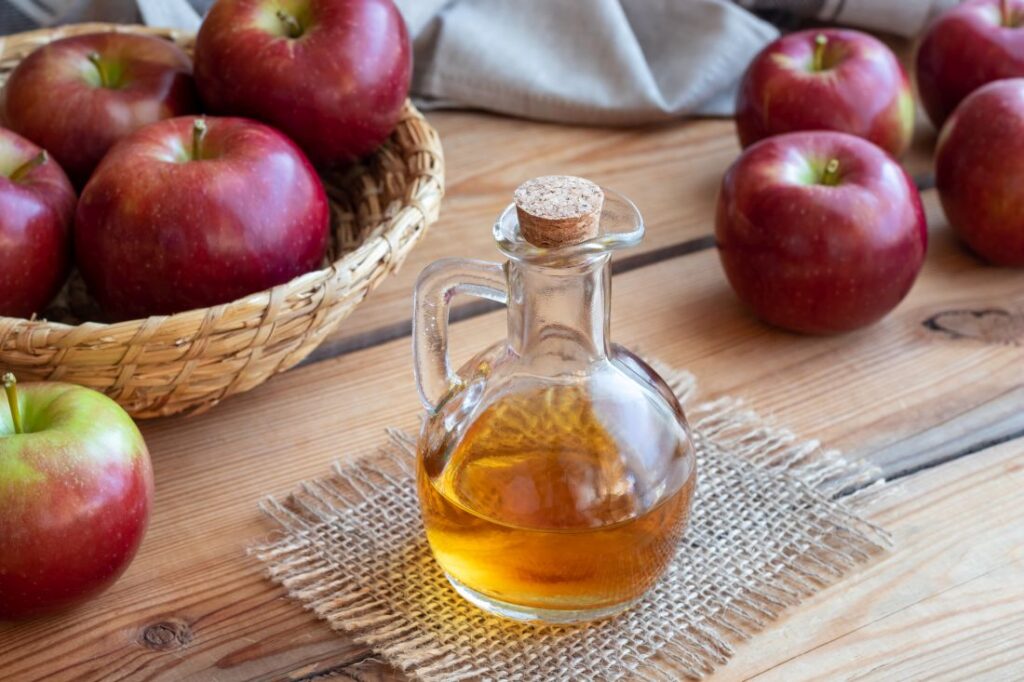
The acetic acid in apple cider vinegar is great to deal with infections. Apply diluted vinegar when there occur itching in skin. For best results with apple cider vinegar, use raw organic vinegar. Dip a cotton ball in apple cider vinegar and place it on the affected area.
Procedure
- Mix 2 spoonful olive oil to 1/4 glass of apple cider vinegar
- Clean and gently dry the area with bumps
- Use a small cotton ball, dip it in your solution
- Hold the cotton ball and leave it on for a few minutes
- Repeat this with other several cotton balls until you feel a change
Apply a gentle antiseptic solution to keep germs at bay.
Remedies for blisters on the fingers
These remedies can relieve the pain that comes with blister formation.
Aloe Vera
Extract Aloe Vera gel and apply it to the blisters. If it is cold, provide some cover with a bandage but do not tighten up.
Cold Soak
If the blisters have not burst or ruptured, apply a cold washcloth to the blisters to relieve pain.
Tea tree oil
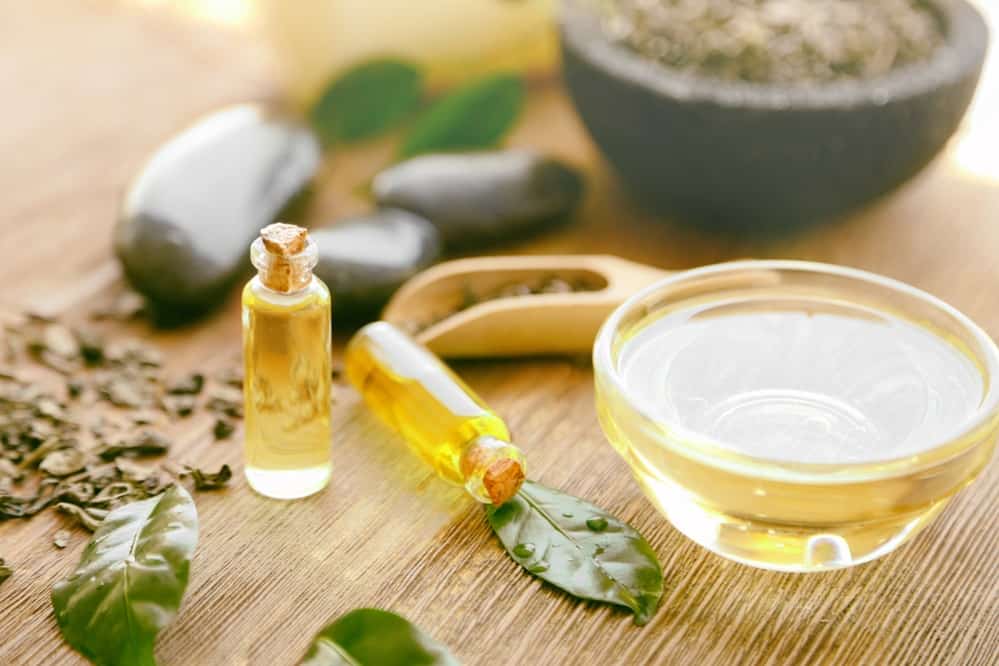
When the pain subsides completely, apply tea tree oil to prevent bacteria and germs entry to the affected area.
Ensure that you always keep the blister area clean and dry. Avoid scratching or piercing blisters with sharp pins. Without proper care or methods to cure your skin problem, the symptoms are likely to flare up especially when skin conditions (e.g. hand eczema) cannot show improvement in symptoms or respond to treatments.

